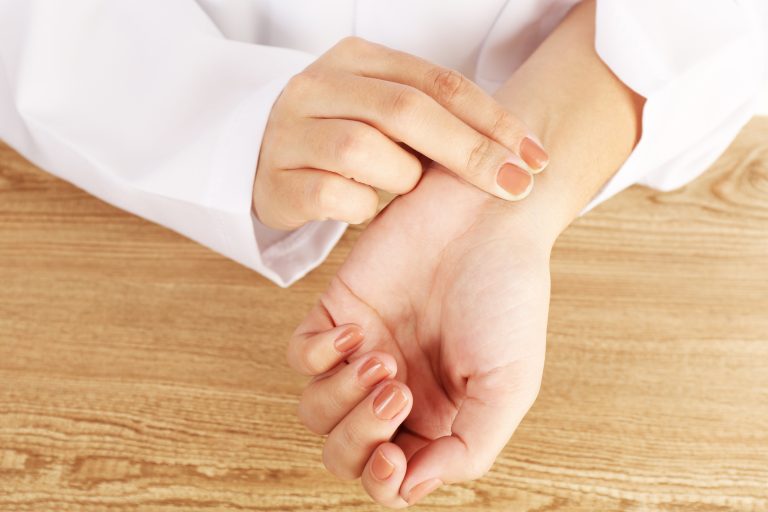
1…2…3…4… taking your resting heart rate requires you to time yourself while counting your pulse rate. But why is this important? How does knowing how to take your resting heart rate positively impact yourself and others? In recognition of American Heart Month, Team Select will share a how-to guide on taking your resting heart rate and share how by knowing this, you could save a life!
Why Check Your Heart Rate?
In many situations knowing how to check your heart rate could be important or helpful to you or someone else’s health.
Firstly, by knowing how to check your heart rate, you can frequently get a gauge of your body’s well-being at that moment and time. A low or fast heart rate, above normal ranges, could be an indicator of a severe health issue.
“If someone nearby is having an emergency situation, checking their pulse can help save their life. When medical professionals arrive at the scene, this will help expedite any possible medical emergency assistance.” – Melissa Malone, RT, and Team Select Respiratory Clinical Educator
What Is A Normal Heart Rate?
An average heart rate is dependent on several factors including age, weight, lifestyle, food and diet choices, emotional state, and medications.
A resting heart rate of 60 – 100 is average in male and female adults.
“Generally, a lower heart rate at rest implies more efficient heart function and better cardiovascular fitness. For example, a well-trained athlete might have a normal resting pulse rate closer to 40 beats per minute.” – Mayo Clinic
How To Take Your Resting Pulse Rate
- Find your pulse
“You can either place your index and middle finger below your jawline on either side of your neck, or you can place those fingers on the inside of your left wrist.” – Dina Ruef, RN, and Team Select Clinical Compliance Auditor

While you can find your pulse either on your neck or the inner part of your wrist, it’s important to note that everyone is different and whatever area you feel a stronger pulse in, use that as your measurement area. It’s also important to note that you should never use your thumb to check your heart rate because your thumb has a pulse of its own.
- Start your watch or time measurement tool
Once you have found your pulse, it’s time to start counting. Begin counting once your time measurement tool is set up and ready. Keep an eye on this time tool, as you only need to count for 60 seconds! Some good time measurement tools can include:
- A stopwatch
- A clock with a ‘second’ hand or ‘sweep’
The goal is to count how many pulses you feel within that 60-second time frame. While 60 seconds allows you to gather the most accurate information, you can also count for 15 seconds and use a 4x multiplier to get your average resting pulse rate as well.
Example: Sandy finds her pulse, sets the timer for 15 seconds, and counts her pulse. Once the timer goes off, Sandy takes the number of pulses she felt (13) and multiplies that by 4. Her heart rate is 52.
Digital Heart Rate Tools
While technology continues to innovate, you are now able to take your resting heart rate through a smart device like an Apple Watch, Fitbit, or Garmin. With these watches and depending on their individual unique capabilities, you are also able to continuously track your heart rate throughout your day or during a workout.



